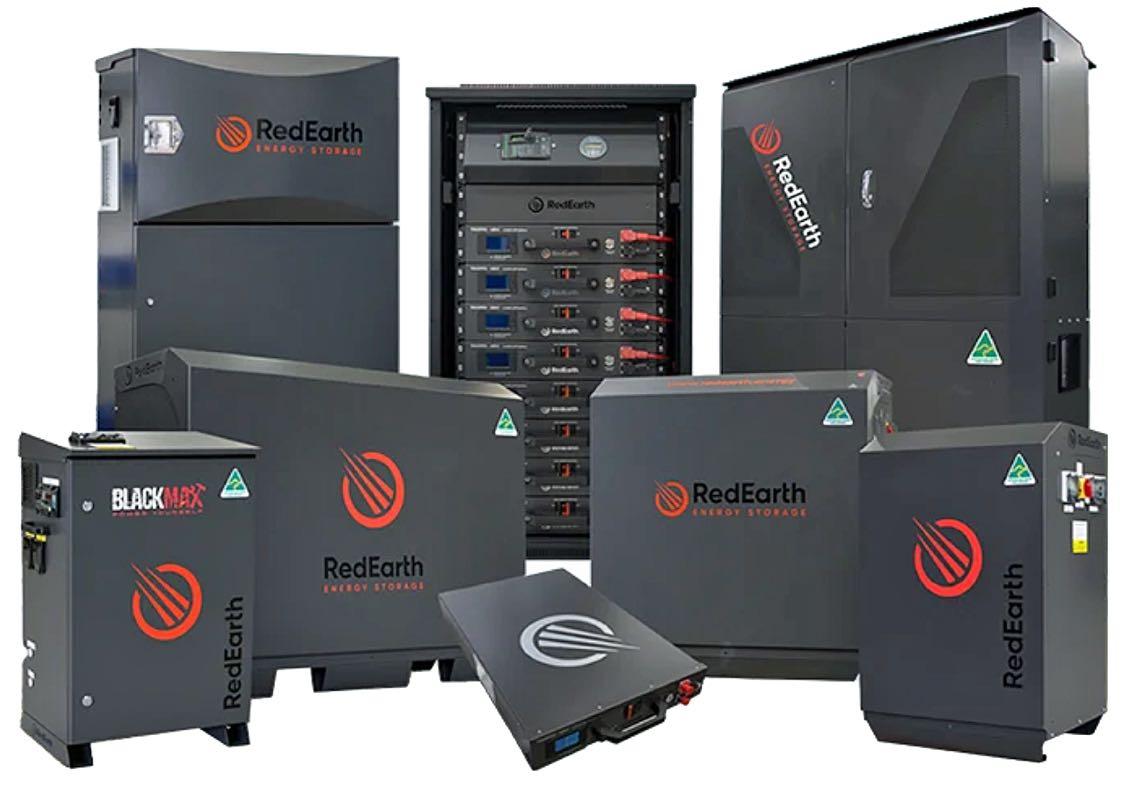
1 minute read
Australian-made
from Maleny Grapevine Community News and Maleny District Sports Club Results for the period to 07.07.2023
On-grid and off-grid energy storage systems
RedEarth Energy Storage is a proud sponsor of The Block 2022
RedEarth Energy Storage chief technology officer Chris Winter designed RedEarth’s BlackMax Power System, available from 3.3 to 12kWh, for off-grid systems, expecting it would be put to use in sheds or small applications. “Then people started using them for running their homes,” he says. “I didn’t realise there were so many homes running off truck batteries. We had to increase the size. Now it’s one of our most popular products.”
The system, which comes with PV panels, is the only Australianmade off-grid system to have made the Clean Energy Council’s approved products list. The company’s other off-grid solutions include the Honey Badger, up to 26.4kWh, and the Drop Bear, up to 65kWh.
Sizing storage for a low-load, off-grid application takes finesse. If you run out of power, you’re left in the dark. Many owners will reply on a small diesel generator, perhaps, “but if they’re careful – not running air-con and so on – [storage] works really well”.
The company uses lithium iron phosphate (or “LFP”) cells, which Winter says last a lot longer if charged and discharged over four hours, for example, than one hour. RedEarth’s Troppo battery comes with a 63-amp breaker, for 3kW capacity. “If you put a 5kW load on there after a short time that breaker is going to trip to protect everything,” he says. “You shouldn’t be running a battery that hard anyway. Just put a second battery in.”
Cells are sourced from manufacturers in China and there have been discussions with an operation looking to start out of Western Australia. RedEarth is not likely to switch to lithium-manganese-cobalt-oxide, or “NMC” technology, he says. Yes, the chemistry delivers higher energy density, but there have been fires. “It’s a big difference between different chemistries,” he says. “But in my mind I’m not going to use any other chemistry [but LFP]. There is just no point.” https://issuu.com/Maleny-Grapevine-Community-News
The company has turned out about a thousand systems since kicking off in 2013, at around 10kWh per system.








